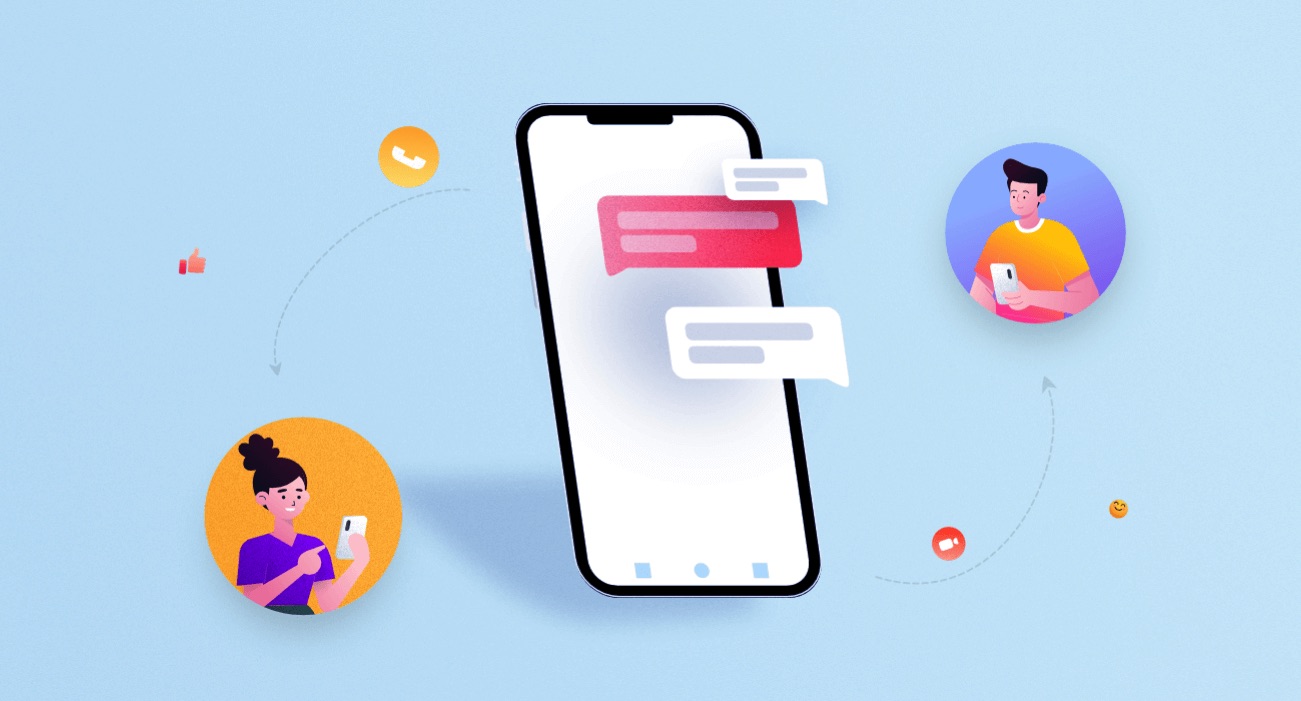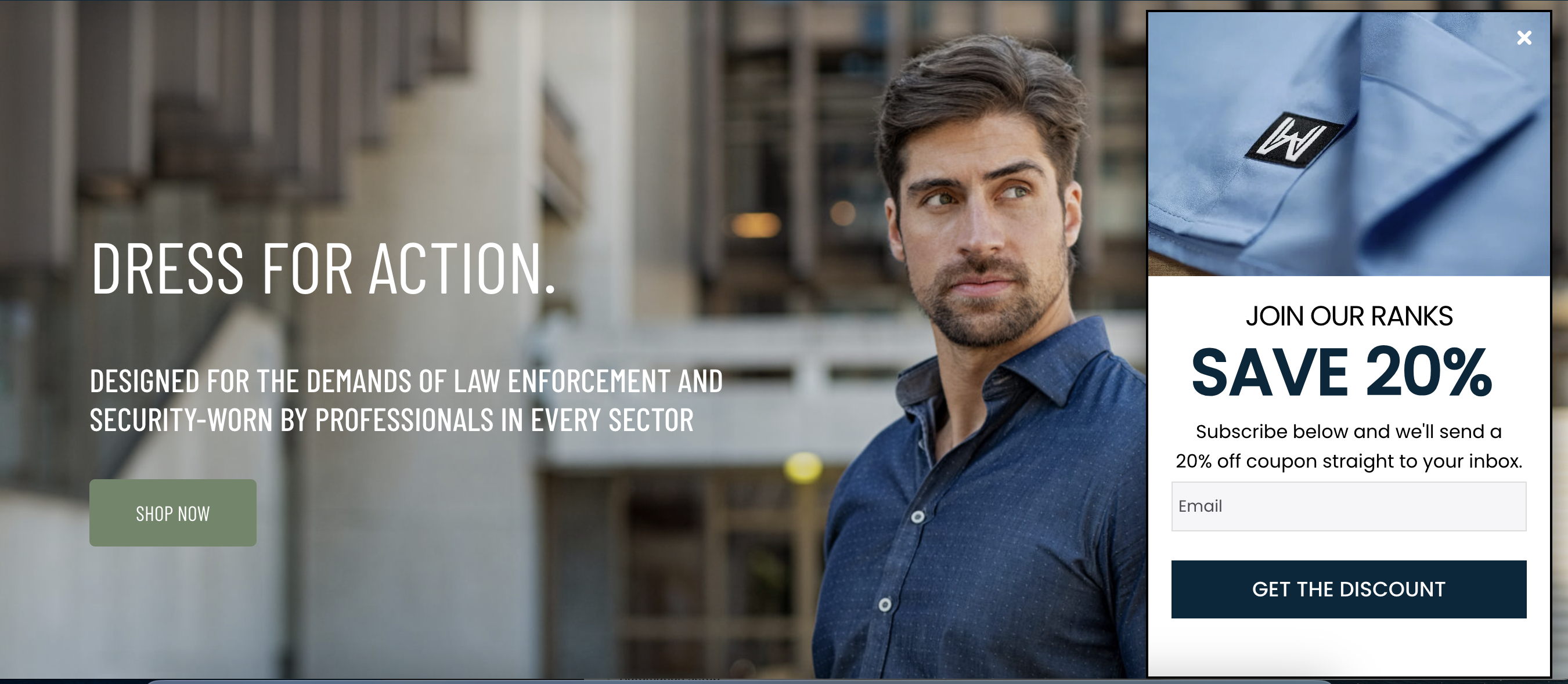A staggering 79% of marketing leads never convert into sales. This begs the question: what differentiates the successful few? Studies indicate that mastering sales funnel management can skyrocket revenue growth by 28%. This is a testament to the transformative power of sales funnels in refining marketing strategies and boosting sales outcomes.
But with countless types of sales funnels at your disposal, each harnessing unique strategies to funnel visitors toward becoming loyal customers, the first challenge is choosing the right arsenal. Should you focus on a lead magnet funnel, a webinar funnel, a free consultation funnel… or perhaps all three? The strategic choice hinges on the specific nuances of your industry, alongside your unique objectives and challenges.
This exploration will highlight 17 pivotal marketing and sales funnel types, designed to enhance lead generation, nurturing, and upselling. By dissecting the advantages, applications, and real-world examples of different funnel types, this guide will equip you with the clarity and confidence you need to navigate the intricate sales funnel landscape and unlock the full potential of these powerful marketing tools. As you go along, keep our sales funnel services in mind in case you need additional guidance or support!
Understanding Different Types of Sales Funnels
As the name implies, the ultimate goal of a sales funnel is (of course) sales. However, different types of sales funnels can serve vastly different purposes– from attracting and nurturing leads to retaining customers and facilitating cross-sales. It’s a journey far beyond immediate conversions, especially because nurtured leads, those tenderly guided through the funnel, are known to spend 47% more than unnurtured leads. This underscores the crucial role of not just capturing leads but meticulously guiding them through different stages of the funnel to maximize revenue potential and create customers for life.
Focusing on different stages of buyer awareness is essential, as each phase demands a specific type of sales funnel. For example, top-of-the-funnel activities aim to attract and educate potential customers who are just becoming aware of their problems or your solutions. Middle-of-the-funnel funnels nurture those who are considering their options, perhaps through comparison guides or webinars. Finally, bottom-of-the-funnel strategies focus on conversion, leveraging testimonials or demos to persuade those ready to purchase.
Moreover, sales funnel types can vary significantly across different industries. For example, a B2B tech company might rely heavily on educational content and demos to guide leads through a lengthy decision-making process, while a B2C e-commerce brand could see great success with quick, promotional funnels that drive immediate purchases. Tailoring your funnel to fit both the buyer’s journey and the industry context is crucial for maximizing its effectiveness and ensuring your marketing resonates with your intended audience.
Marketing Funnel vs Sales Funnel: Unraveling the Differences
Marketing funnels and sales funnels are two overarching types of funnels to consider. Although sometimes used interchangeably, they present two distinct and crucial pathways for guiding potential customers from initial awareness to the final purchase.
The marketing funnel is about casting a wide net—utilizing content marketing, SEO, and social media to educate and attract at the top of the funnel. It involves broad strategies like content marketing to educate on a problem, SEO to improve search visibility, and social media to build brand awareness.
Marketing Funnel: Focuses on attracting ideal customers.
- Key Objective: Increase awareness and interest.
- Strategies: Content marketing, SEO, and social media campaigns.
- Example: Sharing a blog post designed to educate readers about a problem your product solves.
In contrast, the sales funnel zeroes in on those already engaged, employing tactics like personalized email sequences, retargeting ads, and direct sales outreach to convert interest into action at the bottom of the funnel.
Sales Funnel: Concentrates on nurturing and converting leads.
- Key Objective: Turn interested prospects into paying customers.
- Strategies: Email marketing, retargeting ads, and personalized sales outreach.
- Examples: Setting up a targeted email sequence offering special discounts to users who abandoned their cart.
Each funnel plays a critical role in different phases of the buyer’s journey, showcasing the nuanced approach needed to effectively transition a lead from curiosity to conversion.
10 Types of Marketing Sales Funnels to Locate & Attract Ideal Customers
Now let’s go a layer deeper and explore specific types of marketing and sales funnels. First, we’ll highlight ten pivotal marketing funnel types below, spotlighting their advantages, and applications, supported by insightful real-world examples and actionable statistics.
Engagement Funnel
The engagement funnel is a dynamic tool designed to interact with potential customers through compelling content, fostering a two-way conversation that builds brand loyalty.
- Advantages: Creates a sense of community and loyalty among potential customers, enhancing brand engagement.
- Applications: Particularly effective for brands aiming to boost interaction through quizzes, polls, and interactive content on platforms like Instagram or Facebook.
- Real-World Example: BuzzFeed has mastered the art of the engagement funnel with its quizzes that not only entertain but also subtly introduce products or services related to the quiz results. This strategy leverages the interactive content to keep users engaged while gently guiding them down the funnel.
- Tips: Utilize analytics tools to monitor engagement levels and adjust content strategies based on user interaction. Engage users with content that resonates with their interests and preferences to increase conversion rates.
Traffic Funnel
This funnel strategy aims to increase the visibility of your website or landing pages by driving targeted traffic through SEO, PPC, and social media campaigns.
- Advantages: Maximizes exposure to your target audience, increasing the chances of converting visitors into leads or customers.
- Applications: Ideal for businesses seeking to attract a specific demographic or niche market through tailored content and advertisements.
- Real-World Example: Moz, a leader in SEO software, offers a comprehensive guide on effective SEO strategies that drive traffic. Their approach emphasizes high-quality content and keyword optimization to improve search rankings and attract organic traffic.
- Tips: Integrate both organic and paid traffic strategies for a balanced approach. Regularly analyze traffic sources and user behavior to refine and target your marketing efforts more effectively.
Content Marketing Funnel
A content marketing funnel leverages high-quality, relevant content to guide potential customers through the awareness, consideration, and decision stages of the buying process.
- Advantages: Builds trust and authority by providing valuable information that addresses the needs and challenges of your target audience.
- Applications: Suitable for businesses that aim to educate their audience about their industry, solutions, or products, ultimately guiding them toward making a purchase decision.
- Real-World Example: HubSpot excels with its content marketing funnel, offering an extensive library of free resources that cover a wide range of topics. This strategy positions them as thought leaders in the marketing space, attracting and nurturing leads through valuable content.
- Tips: Ensure your content addresses specific customer pain points and provides actionable solutions. Utilize various content formats such as blogs, ebooks, and videos to engage different segments of your audience.
Email Marketing Funnel
This effective funnel type uses personalized email communications to nurture leads from initial interest to loyal customers.
- Advantages: Offers direct and personalized communication with your audience at a relatively low cost.
- Applications: Best utilized by businesses looking to foster long-term relationships with their customers by providing timely updates, offers, and valuable insights directly to their inboxes.
- Real-World Example: Dropbox’s referral program is a classic example of an email marketing funnel that incentivizes current users to refer friends in exchange for additional storage space. This approach effectively turns existing customers into brand ambassadors.
- Tips: Segment your email list based on user behavior and preferences for more targeted communications. Test and optimize your emails for higher open rates and conversions.
Social Media Sales Funnel
Social media sales funnels use platforms like Facebook, Instagram, and Twitter to attract, engage, and convert followers into customers through targeted content and ads.
- Advantages: Allows for leveraging social proof and direct interaction with your audience to enhance trust and drive sales.
- Applications: Highly effective for brands with a strong social media presence looking to tap into their follower base and convert engagement into sales.
- Real-World Example: Fashion Nova, a leading fast-fashion brand, uses Instagram influencers to model their clothing, directly linking posts to purchase pages. This strategy effectively turns their social media platforms into a powerful sales channel.
- Tips: Implement targeted advertising based on detailed user demographics and interests. Engage with your audience regularly to build a loyal community around your brand.
Webinar Funnel
These funnels employ webinars to educate, engage, and convert prospects into customers, offering deep dives into topics relevant to your audience.
- Advantages: Facilitates real-time interaction and engagement, allowing for immediate feedback and question answering, which can significantly boost conversion rates.
- Applications: Best suited for businesses offering complex products or services that benefit from detailed explanations and demonstrations.
- Real-World Example: Adobe uses webinars to demonstrate the capabilities of its Creative Cloud suite, offering valuable tips and tutorials that showcase the software’s value to potential customers.
- Tips: Record your webinars for future use as evergreen content. Develop a follow-up strategy to engage participants after the webinar, such as sending them additional resources or exclusive offers.
Video Funnel
The video funnel is an engaging pathway that leverages the power of video content to capture attention, drive engagement, and guide viewers through the decision-making process.
- Advantages: Offers an engaging and visually stimulating way to capture and maintain audience interest. Video content is known to have a higher retention rate compared to text, making it an effective medium for conveying complex information in an easily digestible format.
- Applications: Especially effective for product demonstrations, storytelling, customer testimonials, and behind-the-scenes looks that foster an emotional connection with the audience.
- Real-World Example: GoPro excels in this domain with its user-generated content strategy. By encouraging customers to share their adventure videos captured with GoPro cameras, the brand effectively demonstrates the product’s value and versatility, enhancing engagement and trust.
- Tips: Emphasize storytelling to make your content relatable and memorable. Optimize your video for search engines by using relevant keywords in the title, description, and tags. Additionally, ensure your videos are accessible on various devices and platforms to maximize reach.
Lead Magnet Funnel
The lead magnet funnel is a classic sales funnel strategy, designed to attract and capture leads by offering something of value in exchange for contact information, such as email addresses. This strategy aims to build a robust database of potential customers for future marketing efforts.
- Advantages: Efficiently generates qualified leads by providing resources that address specific needs or interests of the target audience, making it a critical step in building a relationship with prospects.
- Applications: Highly effective for all types of businesses seeking to grow their email list and nurture leads through tailored content. Ideal for offering ebooks, whitepapers, free trials, webinars, or exclusive discounts as incentives.
- Real-World Example: A prime example is the comprehensive financial planning guides offered by Mint. These guides provide valuable information to users interested in improving their financial health, in return for their subscription to the service. This strategy not only helps in lead generation but also positions Mint as a trusted authority in financial planning.
- Tips: Ensure the lead magnet addresses a real problem or need for your target audience to increase its perceived value. Promote your lead magnet across various platforms, including your website, social media channels, and through paid advertising to reach a wider audience.
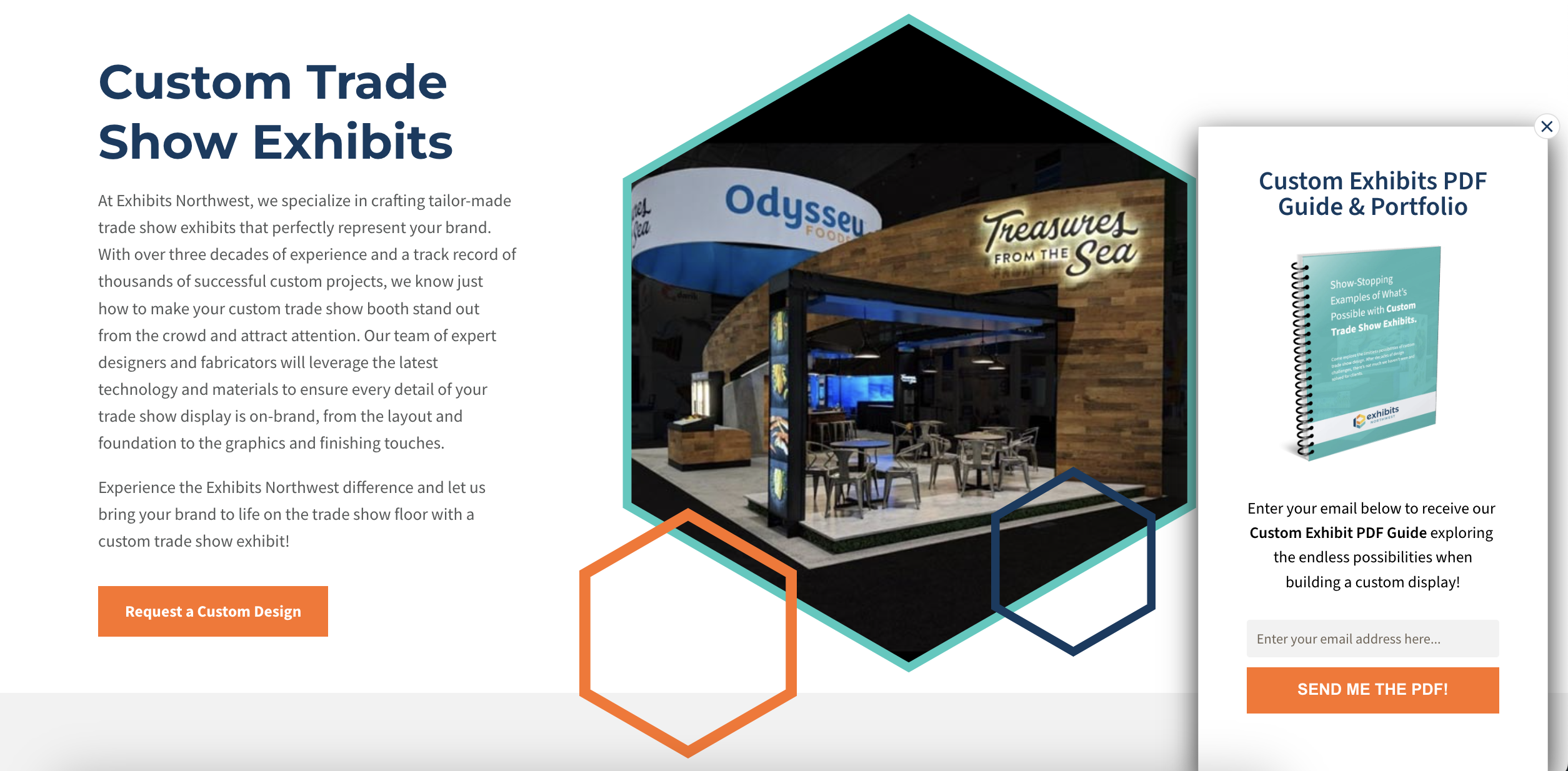
Live Demo Funnel
A live demo funnel is an interactive approach that showcases a product’s features and benefits in real-time, allowing for immediate feedback and addressing potential customer queries and objections.
- Advantages: Provides a hands-on experience that can significantly reduce doubts and objections by demonstrating the product’s value and ease of use directly to potential customers.
- Applications: This funnel type is particularly useful for software companies, tech gadgets, and other products where seeing the product in action can dramatically influence the purchasing decision.
- Real-World Example: Tesla’s live test drive events offer a compelling case study. By allowing potential customers to experience their innovative electric vehicles firsthand, Tesla effectively addresses common queries and objections, such as concerns about battery life or charging stations, thereby facilitating the decision-making process.
- Tips: Anticipate and prepare for common questions to ensure a smooth demonstration. Engage with your audience by encouraging questions and providing clear, concise answers. Follow up with participants after the demo to nurture leads and guide them further down the funnel.
Homepage or Landing Page Funnel
This popular funnel type centers on optimizing your homepage or landing pages to convert visitors into leads or customers through clear messaging and calls to action.
- Advantages: Directs visitor attention to a single action, increasing the likelihood of conversion.
- Applications: Crucial for all businesses as it serves as the primary point of interaction with potential customers online.
- Real-World Example: Slack’s homepage is a prime example of an effective landing page funnel, with a clean design and a clear value proposition that encourages sign-ups.
- Tips: Employ A/B testing to optimize various elements of your page for better performance. Ensure your messaging is clear and that your calls-to-action are prominently displayed to maximize conversions.
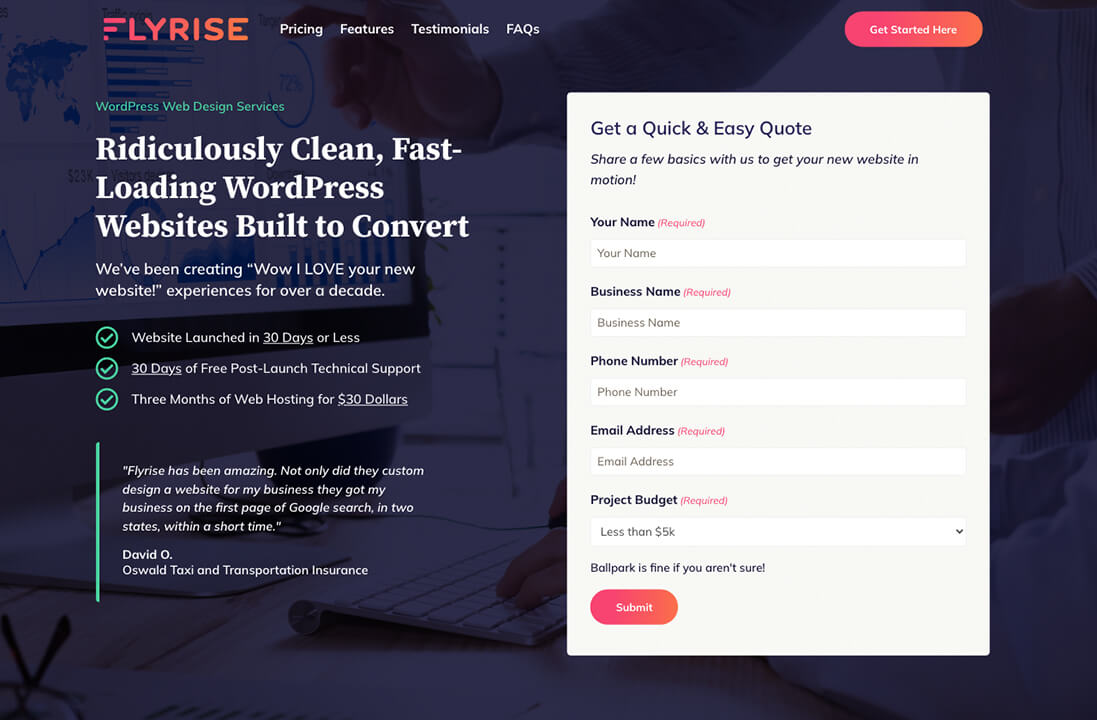
7 Sales Funnel Types for Nurturing & Converting Leads
While marketing funnels cast a wide net to attract and educate potential customers, sales funnels are specifically designed to nurture these prospects and guide them toward making a purchase. Below, we spotlight seven strategic sales funnel types that focus on converting leads into loyal customers through a series of targeted actions.
Free Sample Funnel
A free sample funnel lowers barriers to entry and encourages product trials by offering a taste of what’s to come, boosting the likelihood of future purchases.
- Advantages: Allows customers to experience the product before committing, reducing risk and building trust.
- Applications: Particularly effective for new products or brands looking to establish themselves in the market. Ideal for the beauty, food, and technology sectors.
- Real-World Example: Beauty giant Sephora offers free samples with every online order, allowing customers to try new products risk-free. This strategy not only enhances customer satisfaction but also drives additional sales by introducing customers to products they might not have purchased otherwise.
- Tips: Ensure your sample selection is diverse and aligned with your target audience’s preferences. Leverage social media and email marketing to promote your free sample offer, and consider a follow-up strategy to gather feedback and encourage full purchases.
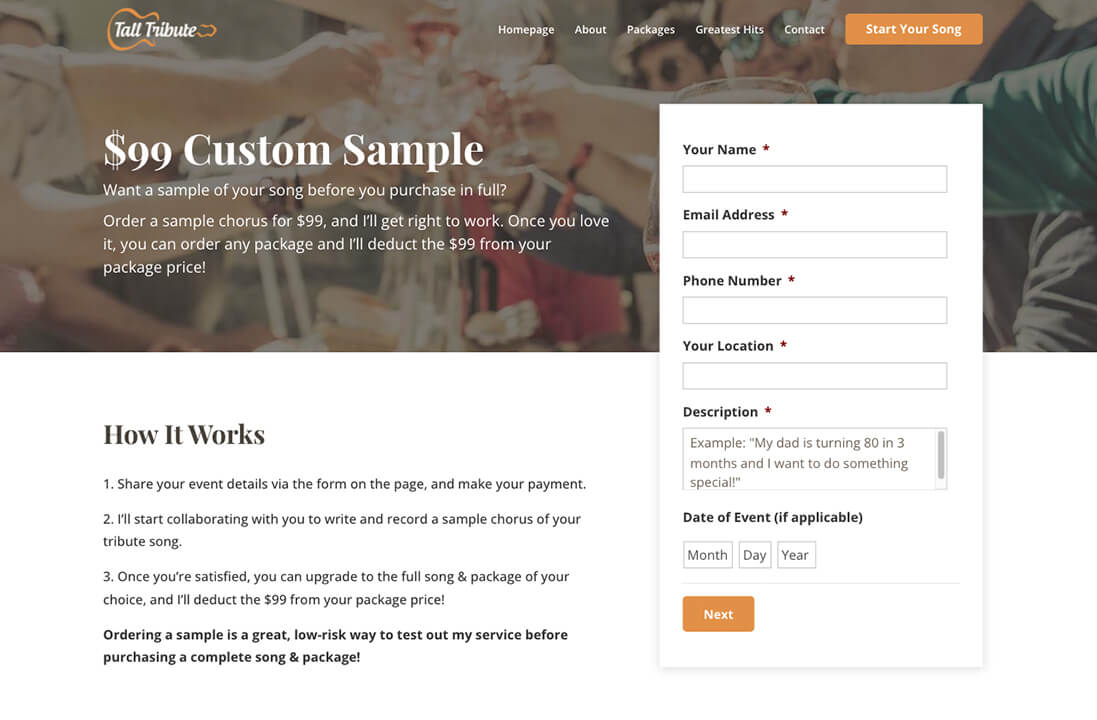
Free Consultation Funnel
This funnel establishes trust and showcases expertise by offering potential clients a no-cost opportunity to discuss their needs and learn how your services can help.
- Advantages: Builds personal connection and trust, offering a firsthand look at your expertise and the value of your services.
- Applications: Essential for service-based businesses such as consulting, legal, and financial services where the value proposition is closely tied to personalized expertise and outcomes.
- Real-World Example: Flryise (that’s us!) offers a free marketing consultation to businesses looking to improve their marketing strategy. This approach not only establishes expertise in the field but also provides valuable insights to prospects, making it more likely they will convert into paying customers.
- Tips: Prepare for consultations with research on the potential client’s business and challenges. Use this opportunity to provide actionable insights, setting the stage for a strong ongoing relationship.
E-commerce Sales Funnel
E-commerce sales funnels are designed to convert website visitors into buyers through a structured path from landing page to checkout.
- Advantages: Streamlines the shopping experience, reducing friction and abandonment rates.
- Applications: Critical for online retailers aiming to maximize conversions and average order value.
- Real-World Example: Amazon’s streamlined checkout process, personalized recommendations, and Prime membership benefits create a seamless funnel that encourages frequent purchases and loyalty.
- Tips: Optimize each step of the funnel for speed and ease of use. Utilize upsells, cross-sells, and abandoned cart emails to increase conversions and order values.
B2B Sales Funnel
Tailored for longer sales cycles, the B2B sales funnel focuses on relationship building and educating potential clients through various stages of engagement.
- Advantages: Addresses the complex decision-making process in B2B purchases by providing tailored information and building trust over time.
- Applications: Suited for businesses whose clients require detailed information and a higher level of trust before making a purchasing decision.
- Real-World Example: Salesforce utilizes a B2B sales funnel that includes free demos, educational webinars, and case studies to guide potential clients toward making an informed purchasing decision.
- Tips: Emphasize content marketing, lead nurturing, and personalized outreach. Use CRM tools to track interactions and tailor the sales approach to each lead’s interests and needs.
Retention Funnel
A retention funnel focuses on keeping existing customers engaged and loyal through personalized communication and offers.
- Advantages: Enhances customer lifetime value through repeat purchases and referrals.
- Applications: Best for businesses seeking to build a loyal customer base and reduce churn.
- Real-World Example: Adobe’s Creative Cloud subscription model uses regular updates, exclusive tutorials, and community features to keep users engaged and renewing their subscriptions.
- Tips: Implement loyalty programs, customer feedback loops, and regular personalized communication to keep your brand top of mind for existing customers.
Cross-Sell Funnel
This type of sales funnel identifies and leverages opportunities to sell additional, complementary products or services to existing customers.
- Advantages: Increases average order value and customer lifetime value by offering more solutions to a customer’s needs.
- Applications: Effective for businesses with a broad product range or services that can be bundled together.
- Real-World Example: Apple excels at cross-selling by suggesting cases, AppleCare, and other accessories during the checkout process for hardware purchases.
- Tips: Use customer purchase history and behavior data to identify cross-sell opportunities and personalize offers.
Limited Time Offer Funnel
This final sales funnel type is a classic. It creates urgency and drives sales by offering promotions or discounts for a limited time.
- Advantages: Encourages quick decision-making and can significantly boost short-term sales.
- Applications: Useful for all businesses looking to clear inventory, introduce new products, or achieve sales targets.
- Real-World Example: Black Friday and Cyber Monday deals, where retailers offer deep discounts for a limited time, resulting in a significant spike in sales.
- Tips: Clearly communicate the time-sensitive nature of the offer and use countdown timers to enhance the sense of urgency. Promote offers across all marketing channels for maximum reach.
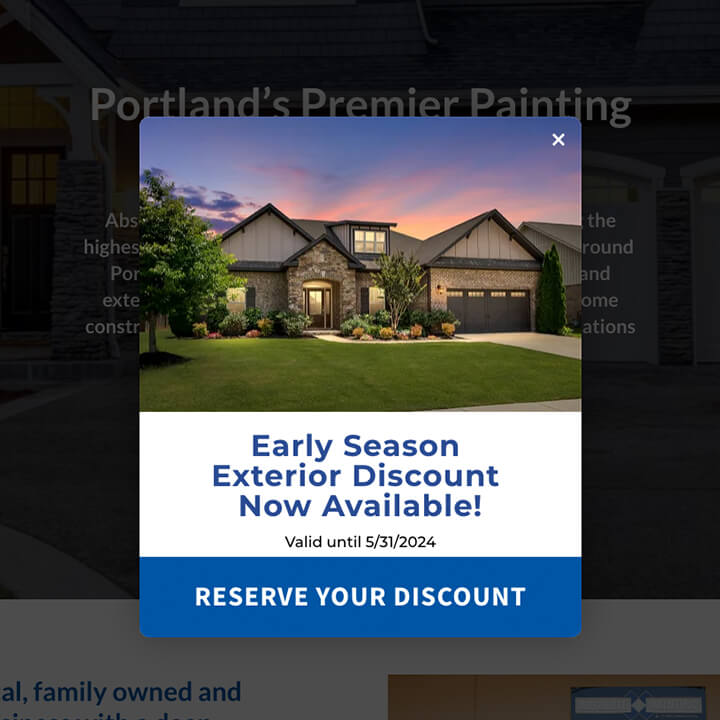
Case Study: Simplifying Sales Funnels for a Small E-commerce Business
With so many types of sales funnel to choose from, small businesses often struggle to find cost-effective ways to convert casual website visitors into loyal customers. This was precisely the challenge faced by a small e-commerce garden supply business in Portland, Oregon, specializing in outdoor cushion covers. Initially, the business had no formal sales funnel, which meant potential sales were based purely on chance whenever someone visited their website.
The Challenge
The main hurdle was creating a sustainable sales funnel that could operate effectively without any allocated budget for advertising. The business needed a strategy that could maximize its existing traffic to increase sales and build a subscriber base.
The Solution
Our approach was straightforward yet impactful, focusing on two key tactics:
- Lead Capture: We implemented a strategic opt-in pop-up offering a discount code in exchange for email sign-ups. This provided an immediate incentive for visitors to engage with the brand.
- Lead Nurturing: Following the sign-up, we introduced a welcome email sequence that not only delivered the promised discount but also kept the subscribers engaged with valuable content and offers, guiding them toward their first purchase.
The Results
The simple funnel setup yielded significant outcomes:
- High Engagement: The funnel converted 5.58% of all website visitors into subscribers.
- Subscriber Growth: A total of 3,736 new subscribers were added.
- Increased Sales: The strategy resulted in 505 new orders.
- Revenue Boost: The business saw a substantial increase in revenue, generating tens of thousands of dollars.
This case study demonstrates that effective digital marketing doesn’t require complex strategies or a hefty budget. By applying fundamental sales funnel principles—capturing leads and nurturing them through well-crafted communication—a small business can achieve substantial growth. The success of this simple yet strategic approach not only improved the business’s bottom line but also highlighted the importance of continual funnel management and optimization to sustain and enhance results over time.
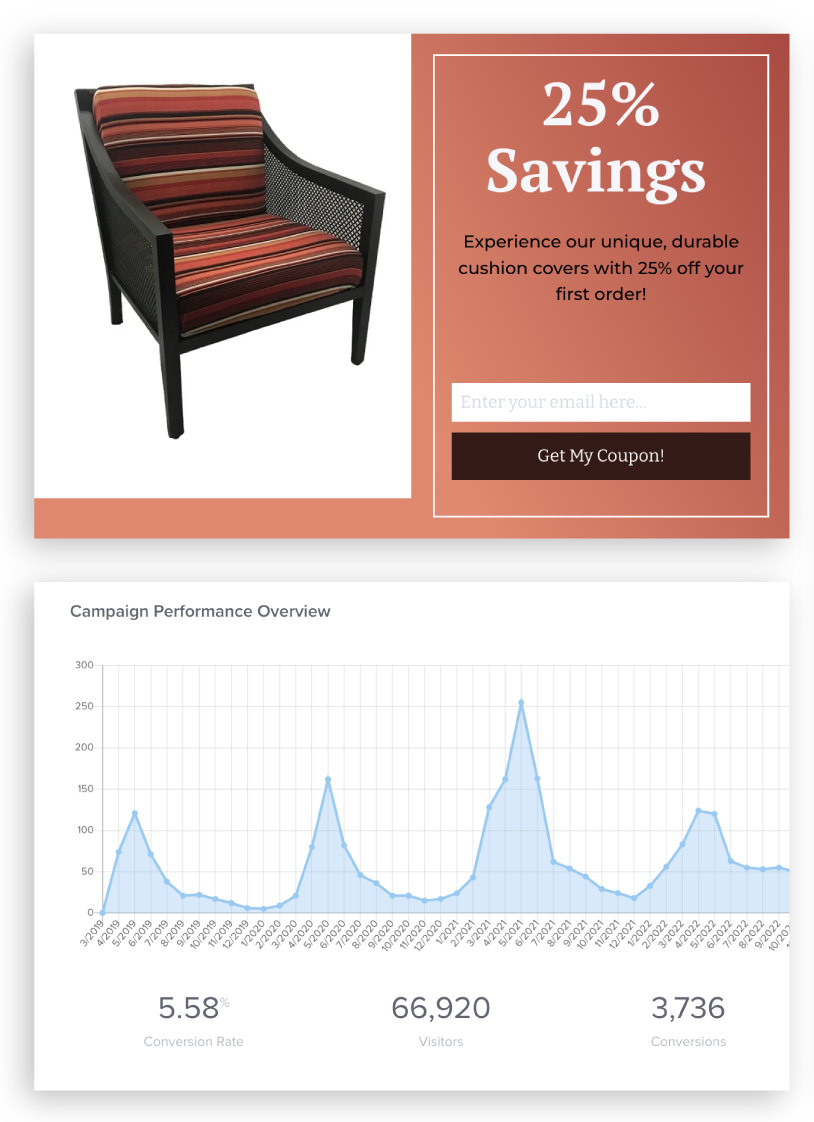
Optimizing Your Funnel: Sales Funnel Best Practices & Pitfalls
Whatever type of funnel you choose to develop, mastering the art of funnel optimization is pivotal. Effective funnel management is not just about setting up various stages correctly, but continuously monitoring, testing, and refining the stages to ensure potential customers are efficiently guided toward making a purchase. Here are some best practices and common pitfalls to consider:
- A/B Testing: Regularly test different elements of your sales funnels, such as email subject lines, landing page designs, and call-to-action buttons, to determine what works best for your audience.
- Customer Feedback Collection: Listening to your customers provides invaluable insights that can enhance your funnel’s effectiveness. Implement surveys or feedback forms at various stages of the funnel to gather actionable data.
- Analytics Monitoring: Use analytics tools such as Google Analytics to monitor your funnel’s performance. Tracking metrics like conversion rate, bounce rate, and exit pages can help identify bottlenecks where potential customers drop off.
- Personalization: A one-size-fits-all approach rarely works in funnel optimization. Tailor the funnel experience to individual users as much as possible. Personalized content, recommendations, and offers can significantly increase conversion rates.
- Avoid Neglecting Funnel Maintenance: Although many sales funnels are designed to run on autopilot, a common pitfall is setting up a sales funnel and then neglecting it. Regular maintenance and updates are crucial to adapt to changing customer behaviors and market trends.
Refine Your Sales Funnel Strategy with Flyrise
Transforming a lead into a loyal customer often hinges on the effectiveness of your sales funnel. That’s why we build and optimize custom sales funnels tailored to the unique needs of your business. From crafting engaging content that attracts leads to implementing advanced analytics for performance tracking, Flyrise is here to help you navigate the complex landscape of marketing and sales funnel strategy and management.
Whether you’re looking to fine-tune your existing funnels or build new ones from the ground up, our sales funnel support includes:
- Customized Funnel Strategies: Tailored specifically to your business goals and target audience.
- Advanced Analytics: For insightful monitoring and optimization of your funnels.
- Continuous Optimization: Leveraging A/B testing and customer feedback to refine and enhance your sales processes.
Ready to transform your customer journey and maximize conversions? Schedule a free strategy session with our sales funnel experts today. We’ll ensure that no potential customers slip through the cracks and help you unlock unparalleled growth!
